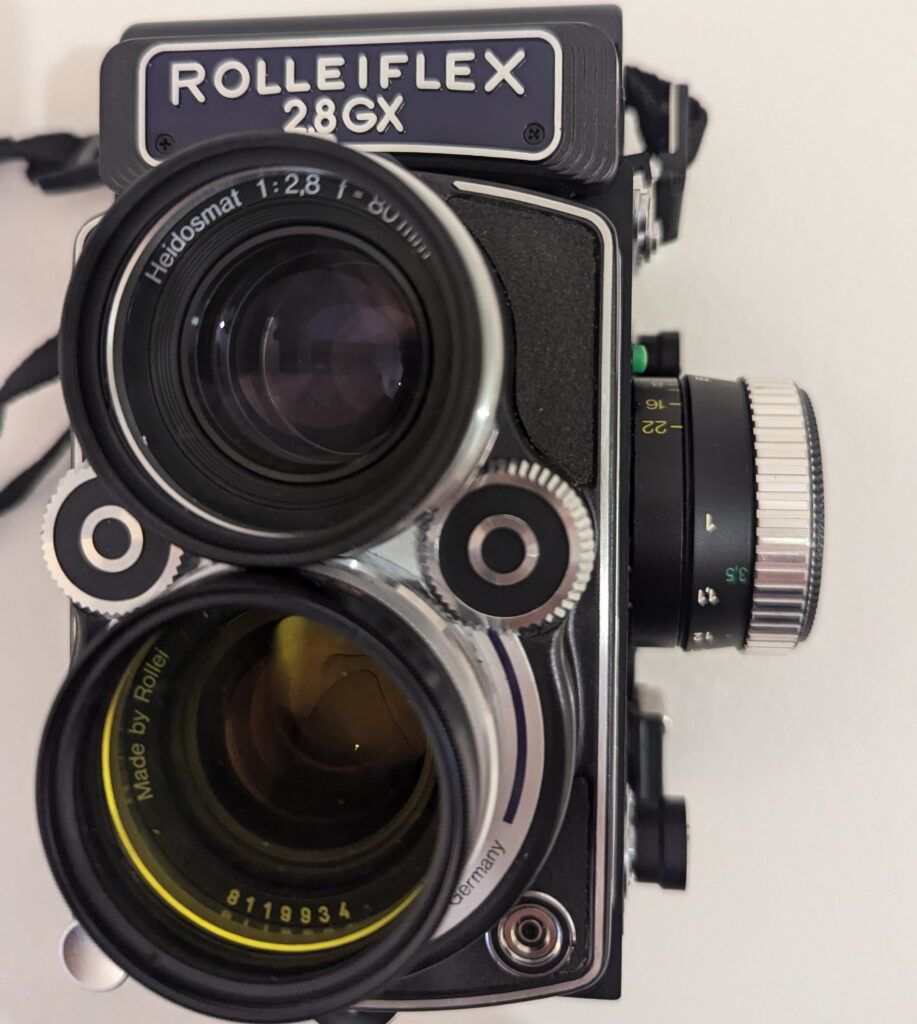
There are many reviews of the 2.8F – here I concentrate on the differences between the Rolleiflex 2,8 GX and F, why I bought a GX and my experiences with it having shot around 3...
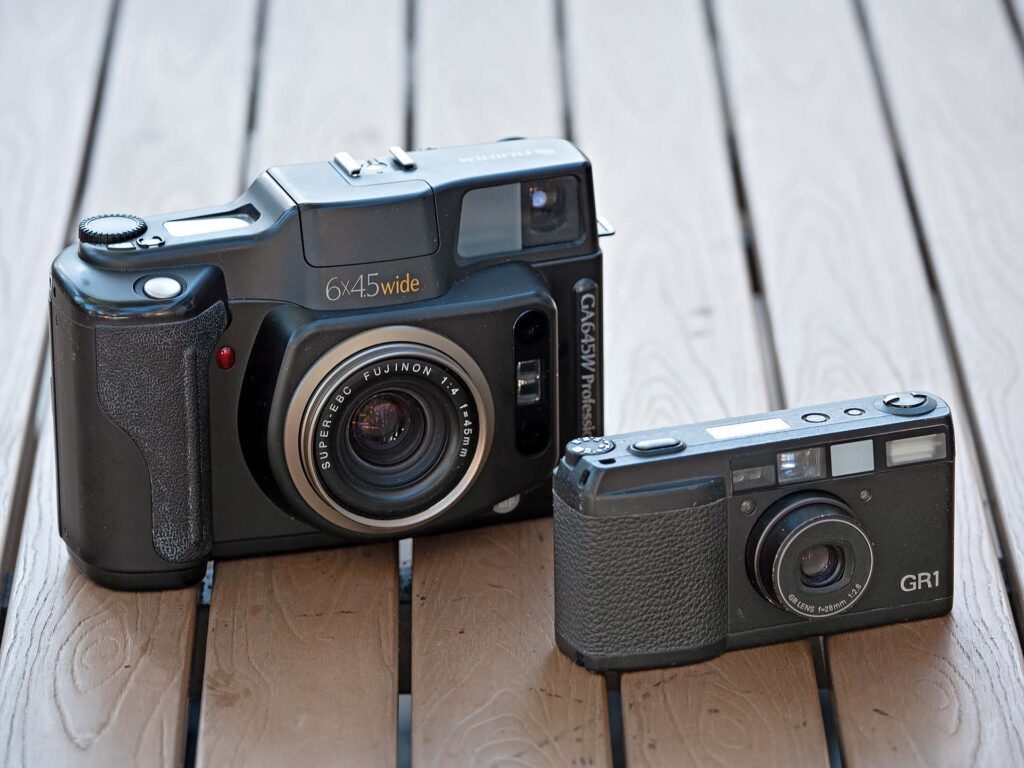
All mountaineers interested in photography have compromised at some point on the photographic equipment they are willing to carry. For years, my choices were either a Ricoh GR1 ...
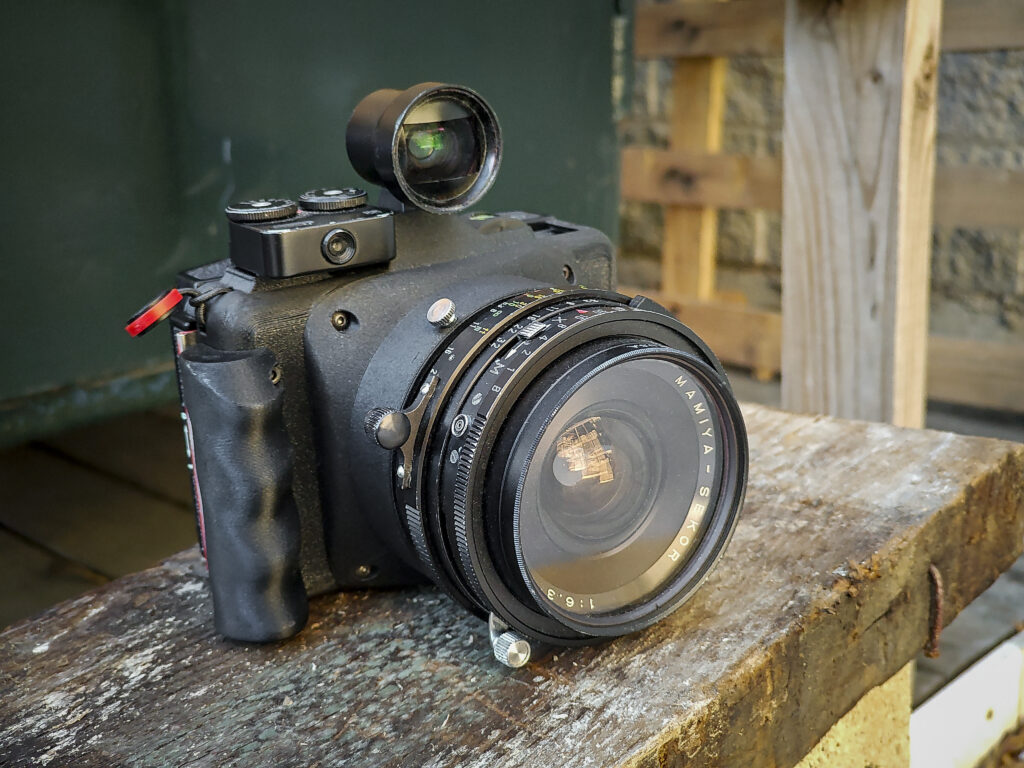
I think that what excites me most about film shooters today is the DIY mindset we all have to embody in order to be here. It is the unintended side-effect which comes from many ...
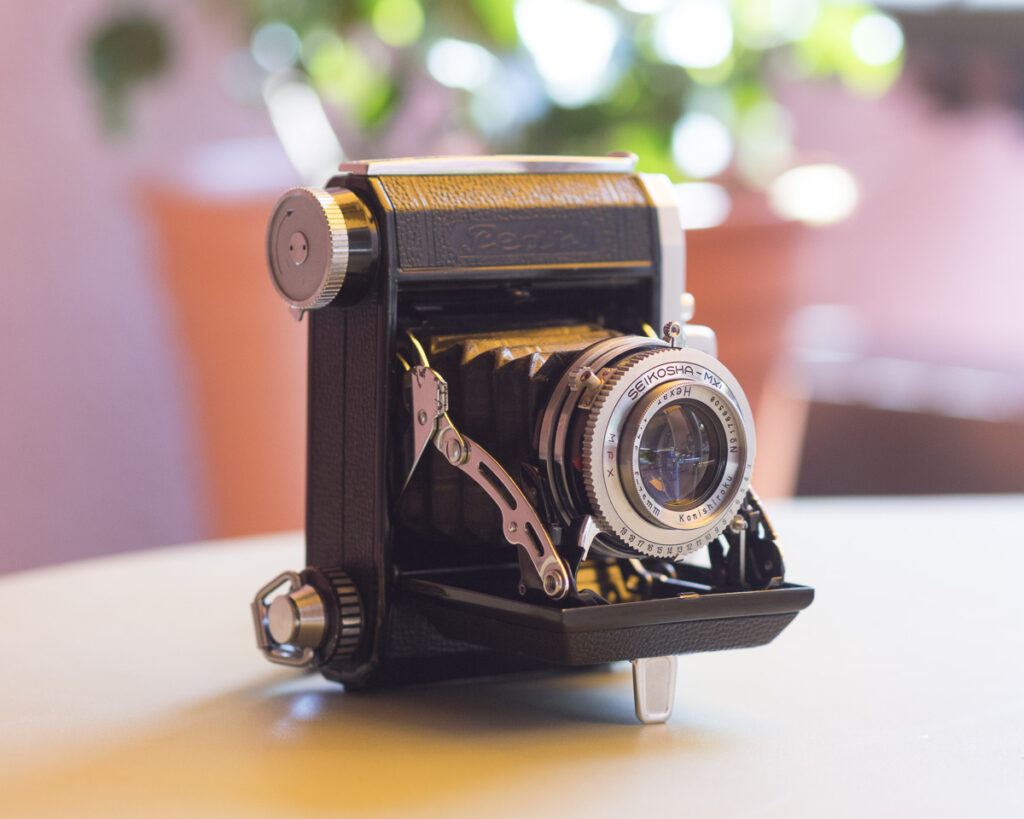
As much as I love film, I’ve always had a love / hate relationship with medium format. Spoiled by the speed of 35mm’s fast lenses and the liberal largesse of 4×5 and 5×...
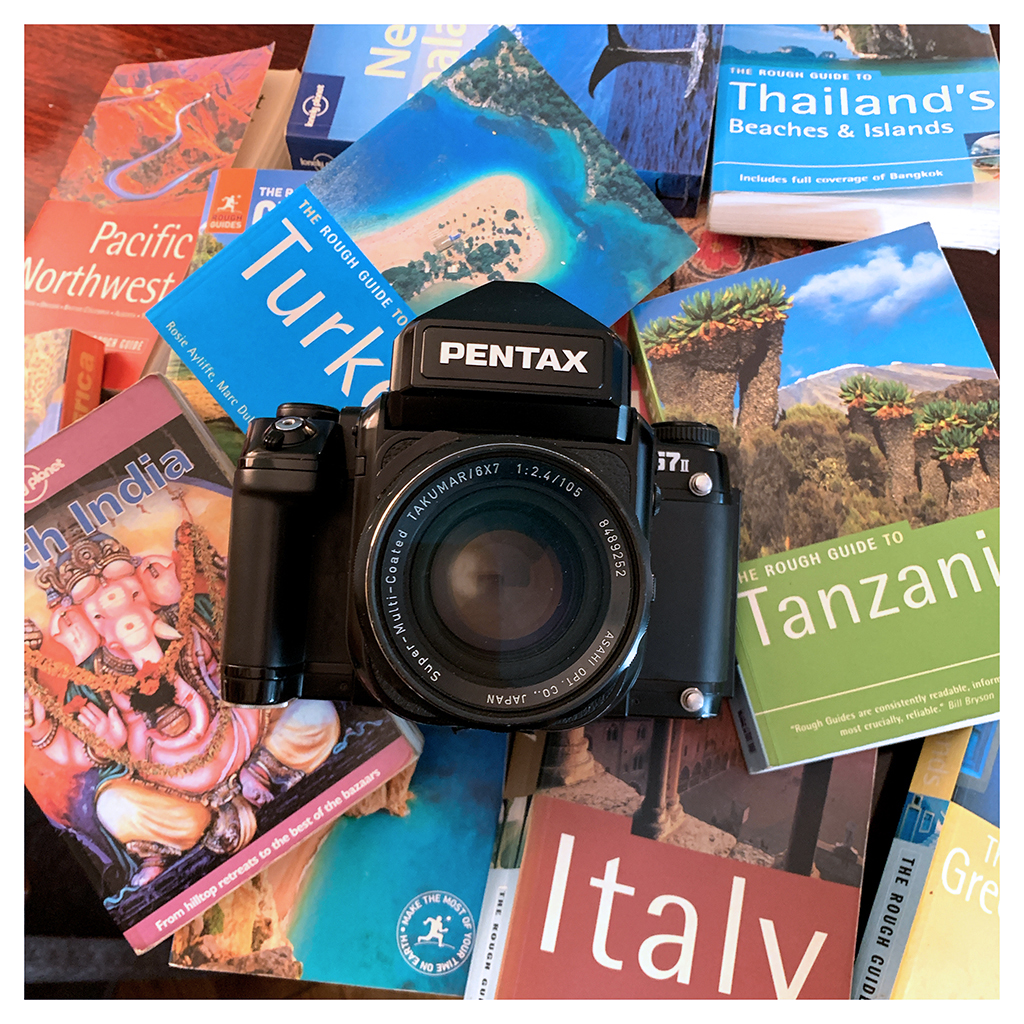
As a amateur photographer forced against your will to work in some non-camera based occupation, your holidays (vacations, for my friends across the pond) are one of the few occa...
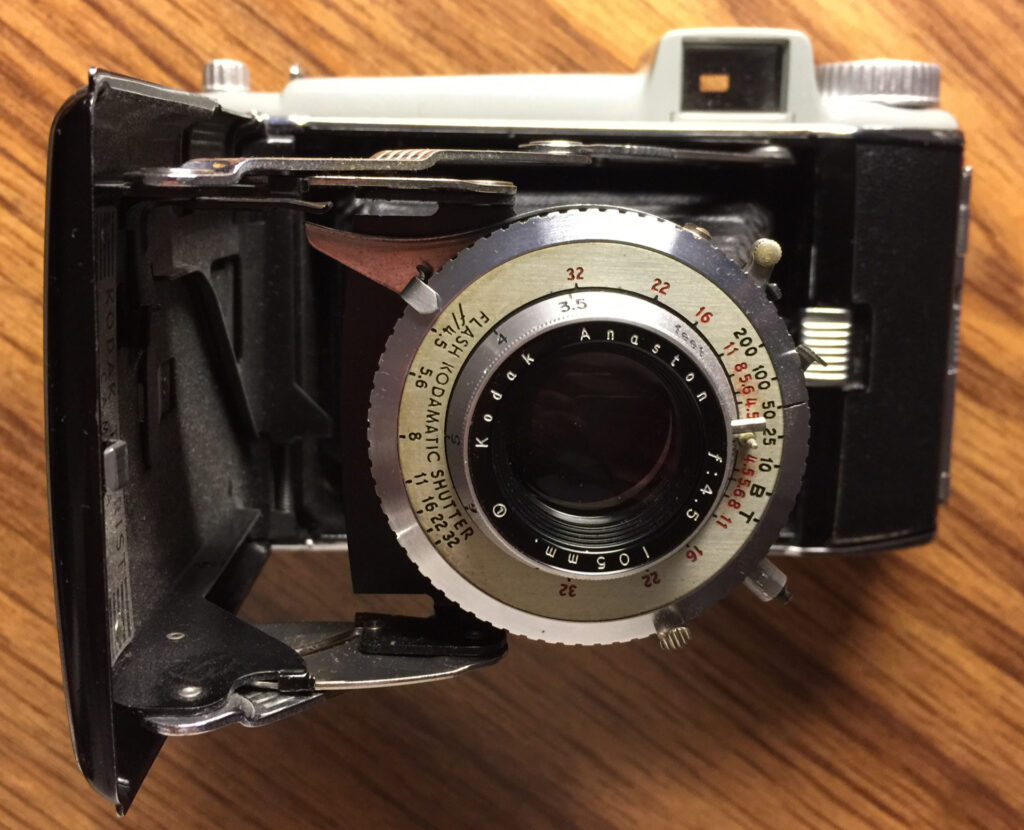
It’s possible that Kodak’s last medium-format folding cameras – the Tourist line – may also be the most transformable MF “pocket folders” ever made by anybody. Since...
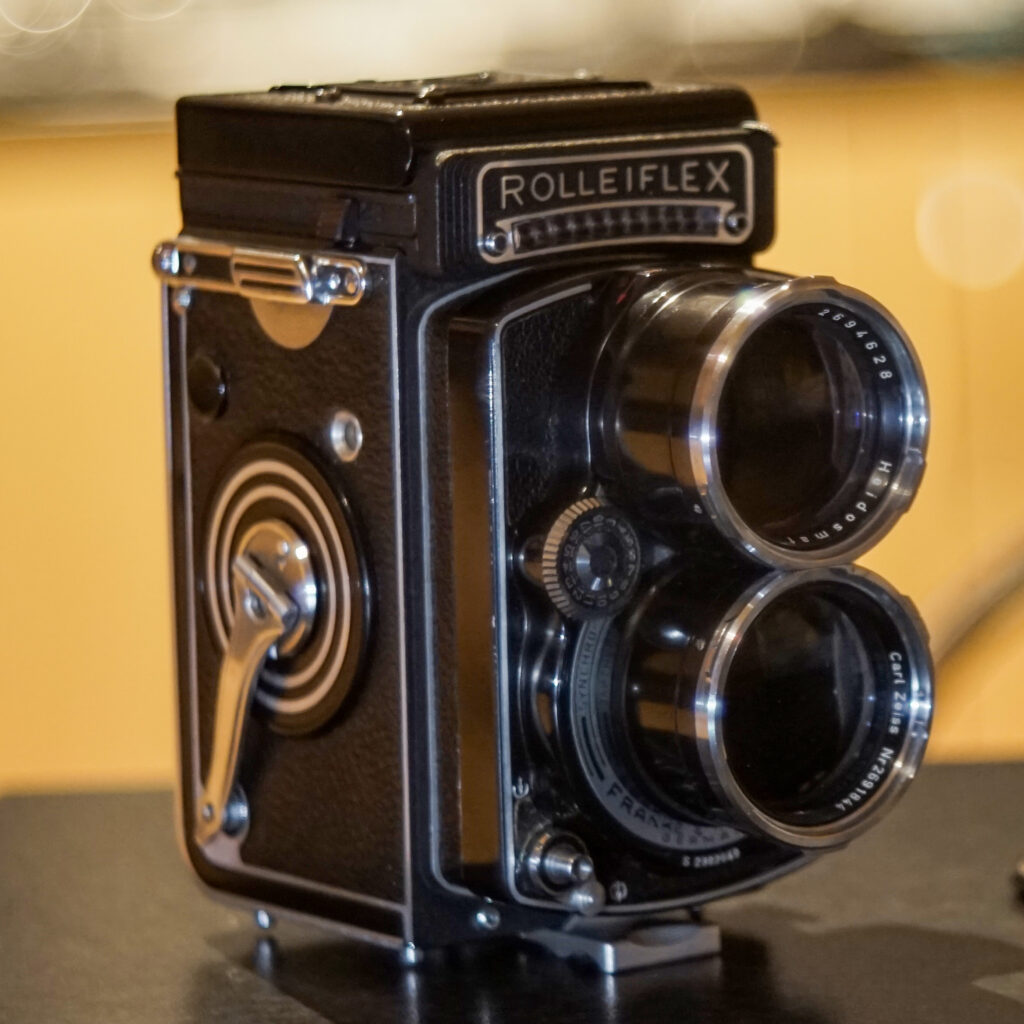
It hardly seems possible but I only accepted my Tele Rolleiflex into my life a smidge over one year ago. It feels like much longer. My story is perhaps typical, a digital shoote...
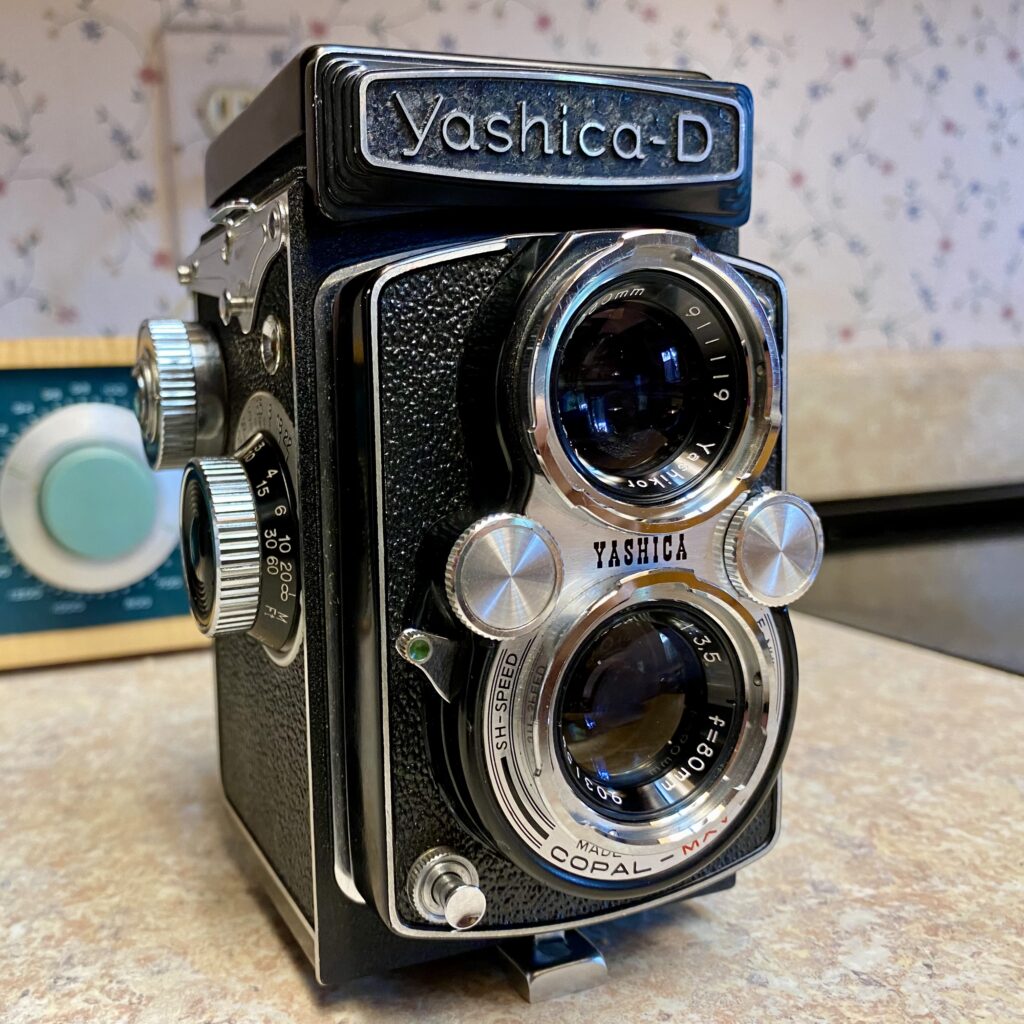
I have been intrigued by medium format film cameras for a while. It wasn’t until I saw a very positive review of a Yashica D TLR that I seriously looked into the possibility of...











